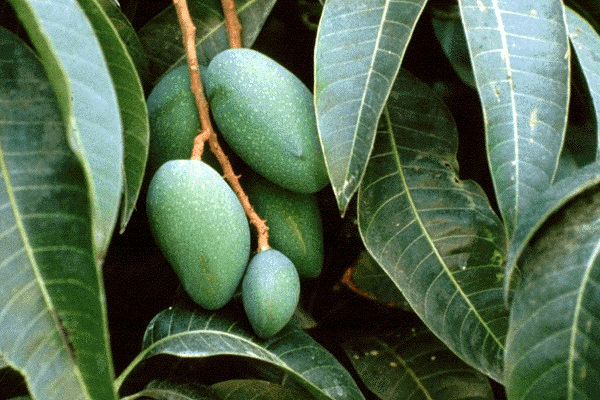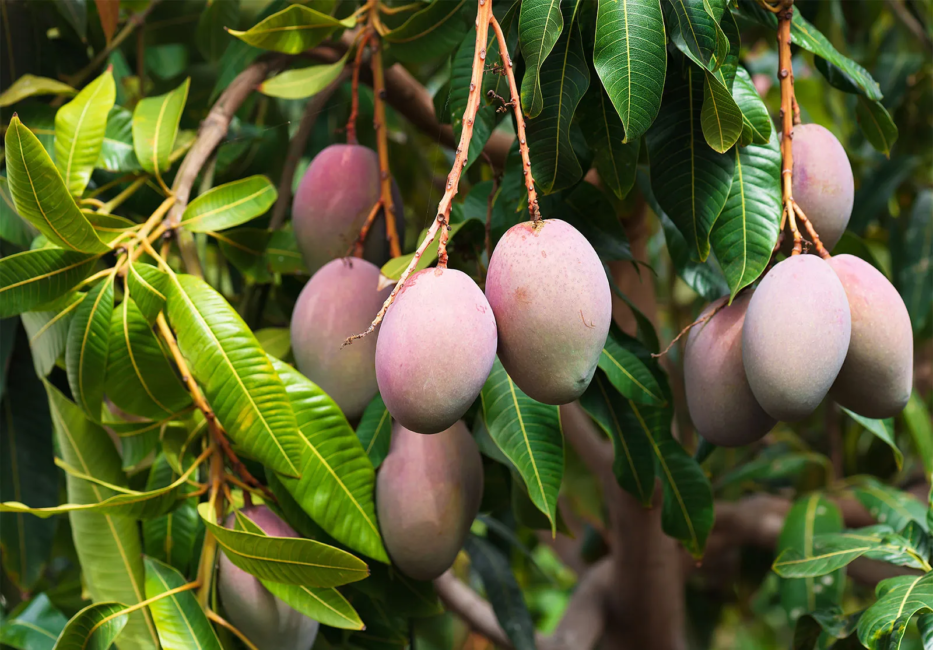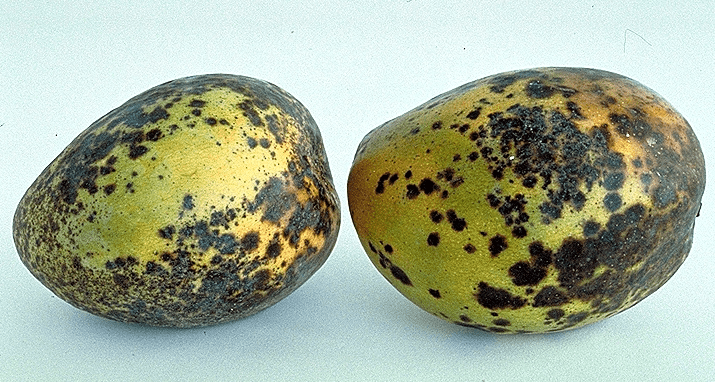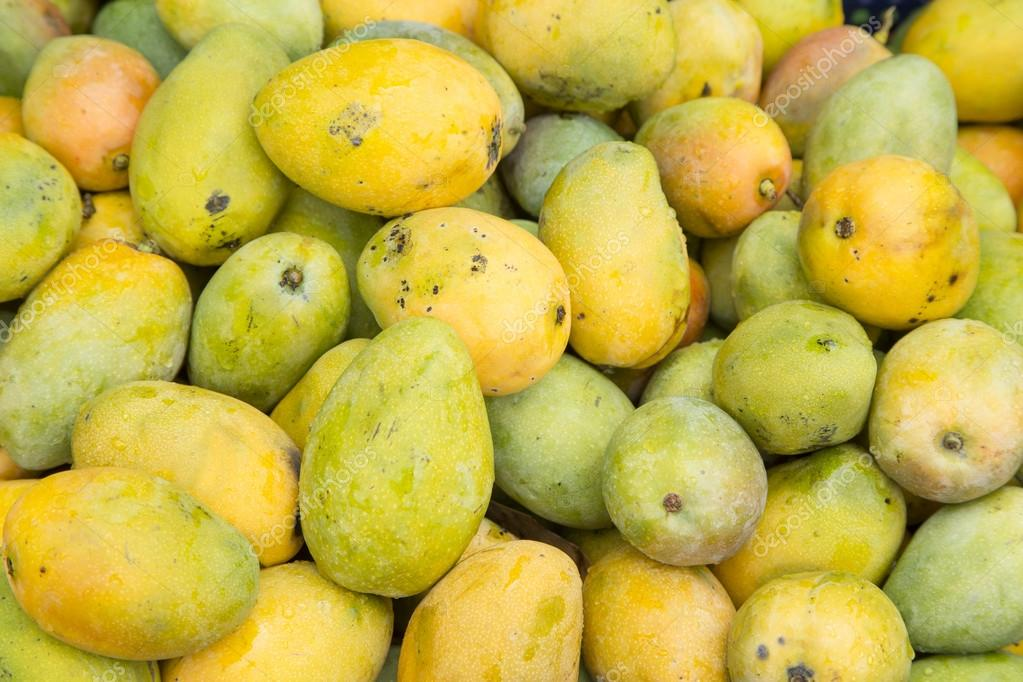This article explains the techniques and technologies needed for mango production and post-harvest activities. Mango (Mangibera spp) is one of the most common and heavily consumed tropical fruits. Its production in Nigeria is seasonal, occurring mainly during the early rainy season across the country. However, some mechanized orchards use irrigation to extend the growing season.
Mango is a rich source of vitamin C, but fresh mangoes are highly perishable after harvest, especially in hot tropical climates. The post-harvest handling of mangoes will also be covered in this article.
1. Site
Mangoes grow best at elevations from sea level to 1,300m, but they thrive below 700m in climates with distinct seasons and dry weather during flowering and fruiting.
Mangoes can grow in various soil types as long as the soil is not too waterlogged, too alkaline, or too rocky. Even shallow, impervious soils can support mango trees if there is an adequate water supply.
2. Variety

Mangoes belong to the family Anacardiaceae and the genus Mangifera, with over 60 species. In Nigeria for instance, many varieties and cultivars are grown, ranging from small, fibrous local varieties like Binta sugar to the large, improved and budded varieties often called Kerosine mangoes. Some popular improved varieties include Peter, Julie, Peach, Alfonso, Mambroulla, Indi Sincar, Kent, and Admira – A, etc.
Read Also: The Mango Pistil: Economic Importance, Uses, and By-Products
3. Propagation
Mangoes can be propagated through seeds or vegetatively. Propagating by seed is the easiest and cheapest method. However, due to the issue of monoembryony, which causes seedlings to differ from the parent plant, vegetative propagation methods are often preferred.
Vegetative propagation can be done through budding and grafting. Budded seedlings may bear fruit within 3 to 5 years, while seedlings from seeds may take 6 to 10 years.
4. Nursery Management
For more details on nursery management, refer to unit 2, “Preparation and Management of Nursery.” These details are relevant to mango production.
In January, maintain grafts in the nursery, spray against pests, and irrigate as needed. In April, transplant established grafts to the nursery bed. In May, begin collecting mango stones for rootstock production. In June, continue collecting mango stones and start grafting in the nursery.
In July, plant mango stones in nursery beds and establish a rootstock collection block. In August, maintain the rootstock collection block, apply fertilizer, and graft last year’s rootstock seedlings.
5. Field Preparation
Field preparation begins with clearing and burning the debris, followed by lining out and digging planting holes. The recommended hole size is 60 x 60cm. Proper spacing is advised to protect against winds and storms.
6. Field Maintenance
After transplanting, establish a cover crop to protect the soil. This cover crop should be removed as the trees develop their canopies. Water or irrigate the young seedlings during the first dry season after transplanting, as their roots will not be deep enough yet.
Remove any flowers that form on the seedlings in the first few years to promote vegetative growth, and apply manure along with nitrogenous and potassium fertilizers. You can intercrop mangoes with vegetables and leguminous crops for the first 3 to 4 years after planting.
Read Also: How to Process, Package, and Export Mangoes
7. Harvesting

Mango trees produce many flowers, but only about one-third or fewer of these will set fruit. Flower shedding is common. Mango trees flower during the dry season, from December to January, and the fruits mature from April to May.
Mango fruits are highly perishable, and up to 40% are wasted annually in Nigeria. Once mature, mangoes should be harvested promptly for consumption or preservation.
Post-Harvest Activities for Mango Processing
Harvest mangoes by hand and collect them in bags. Regular weekly harvesting is recommended, but irregular fruit ripening can make this process costly.
1. Post-Harvest Handling
Mangoes are among the most perishable tropical fruits, so careful handling is essential after harvest. Signs of spoilage include rotting, color degradation, and shrinkage.
Packaging and Transportation:
1. Place fruits in suitable containers such as ventilated plastic crates, slatted wooden boxes, or fiberboard boxes.
2. Leave enough space between the top of the fruit and the container to prevent pressure bruising.
3. Load and unload fruits carefully into and out of transport vehicles.
4. Transport in a clean, ventilated vehicle, preferably during the cooler part of the day.
2. Storage
Store healthy mango fruits in a cool store or fruit shed. An evaporative cooler or cool chamber at temperatures not below 8°C can also be used.
Delayed Ripening of Mangoes:
1. Wrap the fruits in a polythene bag with a thickness of no more than 0.05mm.
2. Store in a cool environment, such as an evaporative cooler or thatched cool shed.
3. After one week, remove the fruits from the package and expose them to ripen.
Processing of Mango Fruits:
Mangoes can be processed into fresh juice, jam, or marmalade. They can also be dried into mango chips, which can be eaten or rehydrated and processed into juice, jam, or marmalade.
1. Mangoes may be canned as peeled fruits, slices, or in the form of extracted juice.
2. Mangoes can be preserved for 30 to 40 days by freezing immediately after harvesting, without losing nutritional or taste quality.
Pests and Diseases of Mangoes

Mango trees are relatively pest-free. The most serious pest is the mango hopper or jassid (Idiocerus spp.), which affects mango flowers. DDT can be used for control. Fruit flies lay eggs in mature fruits, and mango weevils (Cryptorrhyynchus spp.) damage the seeds. Thrips, scale insects, and mealy bugs may also attack mangoes and can be controlled with appropriate insecticides.
Anthracnose is the most common and dangerous mango disease, caused by the fungus Colletotrichum gloeospoides. It affects mangoes at any stage, causing stunting and fruit drop. Fungicide sprays can control anthracnose. Powdery mildew (Oidium mangifera) also affects flowers and young fruits.
Mango scab, caused by the fungus Elsinoe mangiferae, can attack any part of the tree, including leaves, twigs, flowers, and fruits. Control measures include farm hygiene and fungicide sprays.
In summary, this article has described in some detail production aspects specific to mango as opposed to general production practices of fruit tree crops. You have learned that mangoes are produced in the tropics and consumed all over the world as fruits rich in Vitamin C.
You must have been informed that mangoes are relatively free from pests than most other fruit trees and tree diseases are mainly fungi and are easily controlled by routine farm hygiene, and spraying of appropriate fungicides.
I’m certain that this article has helped you to understand that mango fruits are delicate and very easily perishable, therefore they should be handled carefully. The fruits are preservable by many methods which make mango available for use in one form or the other throughout the year and everywhere in the world.
Read Also: How to Process, Package, and Export Mangoes
Read Also: Onions Farming Complete Business Guide
Frequently Asked Questions
We will update this section soon.

